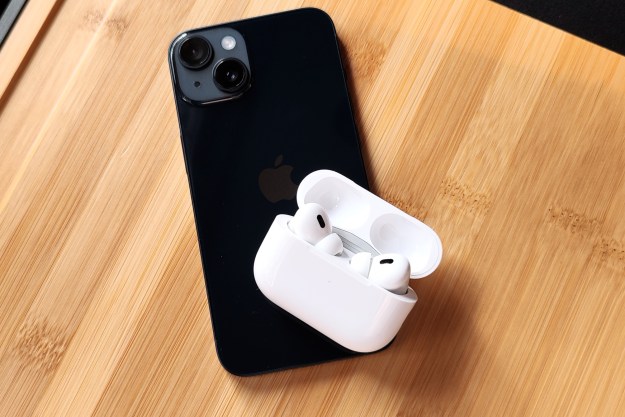
To be released in December, a “notice of proposed rulemaking” being developed by the DOT will state the department’s objections to making and receiving in-flight cell phone calls. Public feedback on the proposal would be allowed until February of next year before a final ruling is made.
According to the report, regulators are focused on the effects of making phone calls rather than texting or data use. On the other hand, International Air Transport Association general counsel Jeffrey Shane says airlines believe the DOT is overstepping its boundaries and that it should allow airlines to make that decision for themselves.
“Airlines aren’t clamoring to allow mobile-phone use during flight, and some have already said they’d prohibit it on their own flights,” said Shane. Even so, according to Shane, some airlines might try to find some way to circumvent that prohibition, such as in-flight phone booths or quiet zones.
Even though the proposal won’t be made until this December, some airlines have already prohibited in-flight calling. Delta banned cellular and Internet-based (VoIP) in-flight calls, while JetBlue says it will enforce its VoIP ban.
Of course, if you really want to chat away at 40,000 feet, you could always just rent your own airplane.
Editors' Recommendations
- How to get new emojis on your iPhone or Android device
- Don’t buy this new Motorola phone — get this other one instead
- It’s finally happening — your iPhone is getting RCS in 2024
- I put the iPhone’s Dynamic Island on my Pixel 7 Pro — and I can’t go back
- Your old iPhone may not get iOS 17 this year, and that’s good


